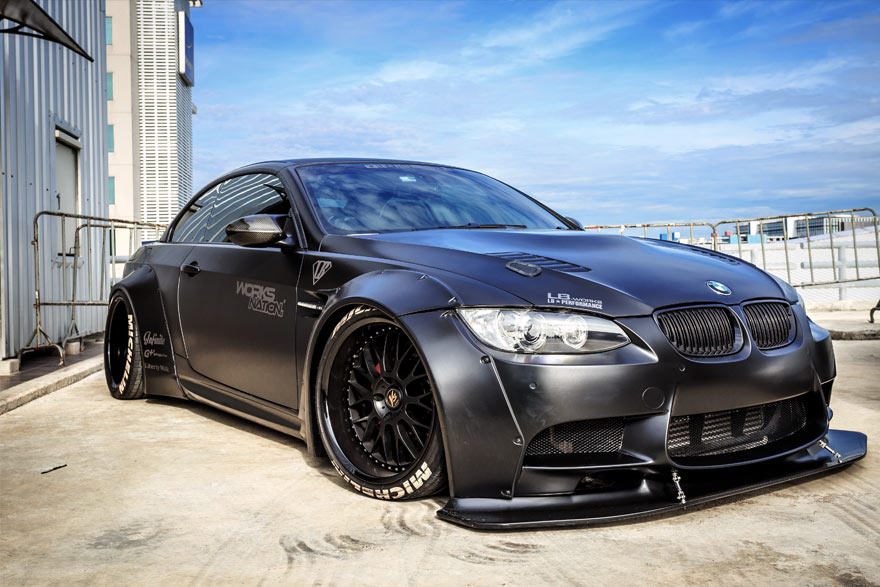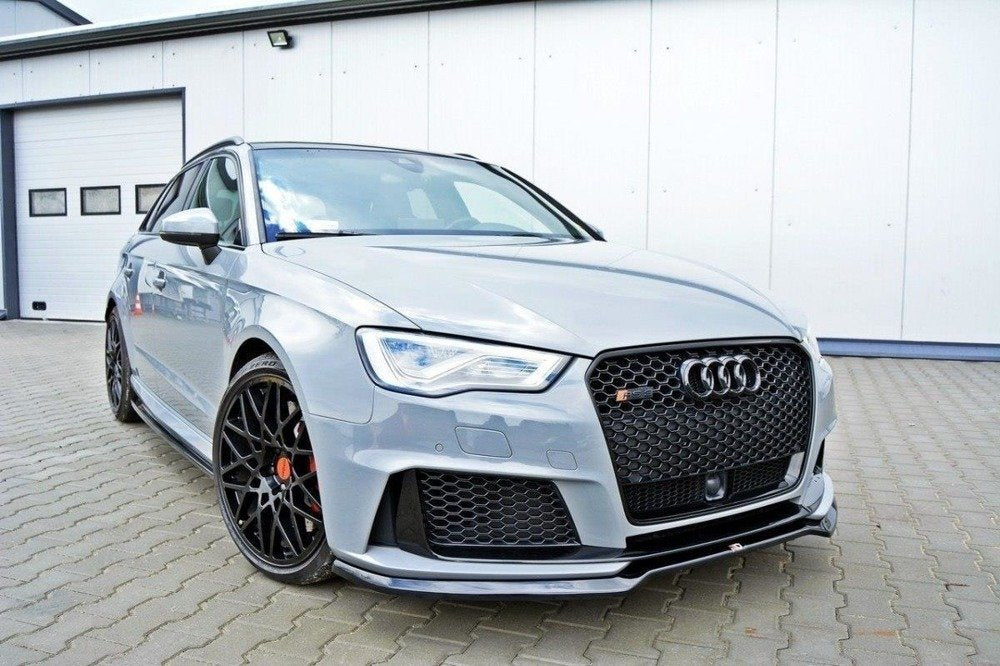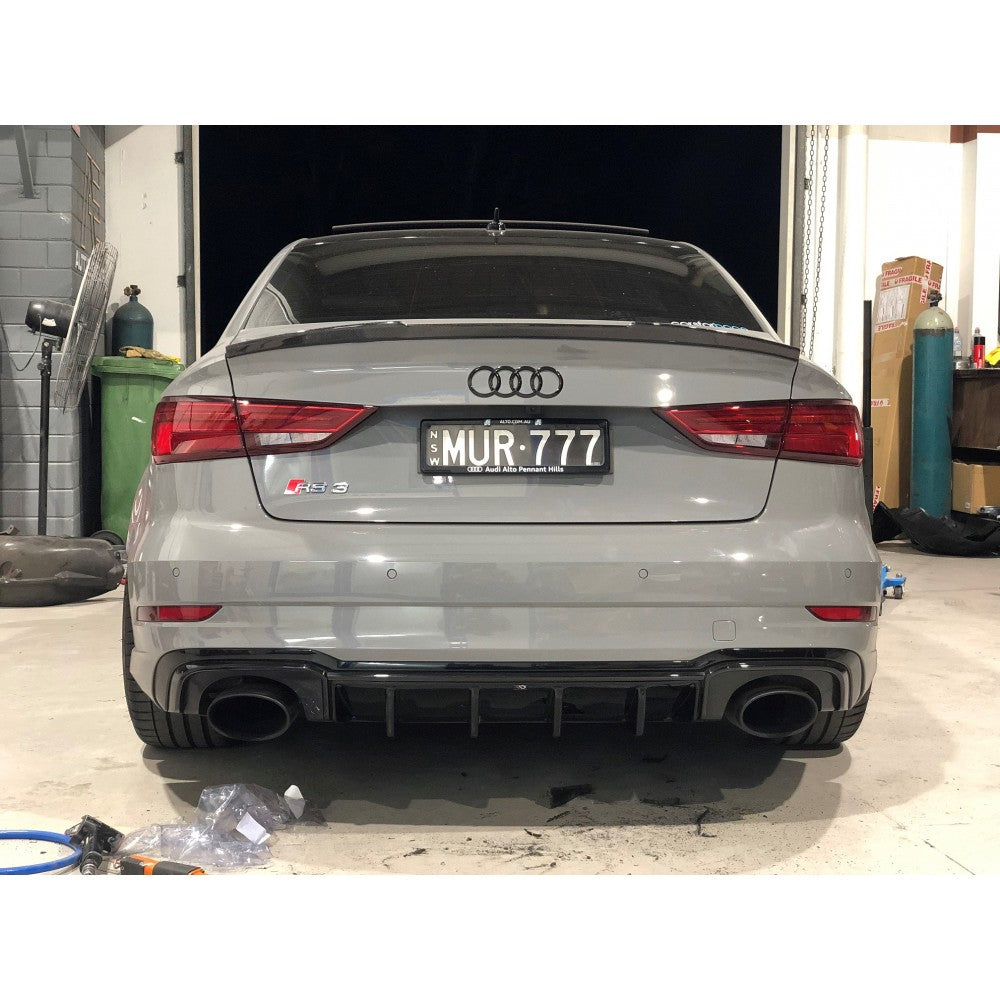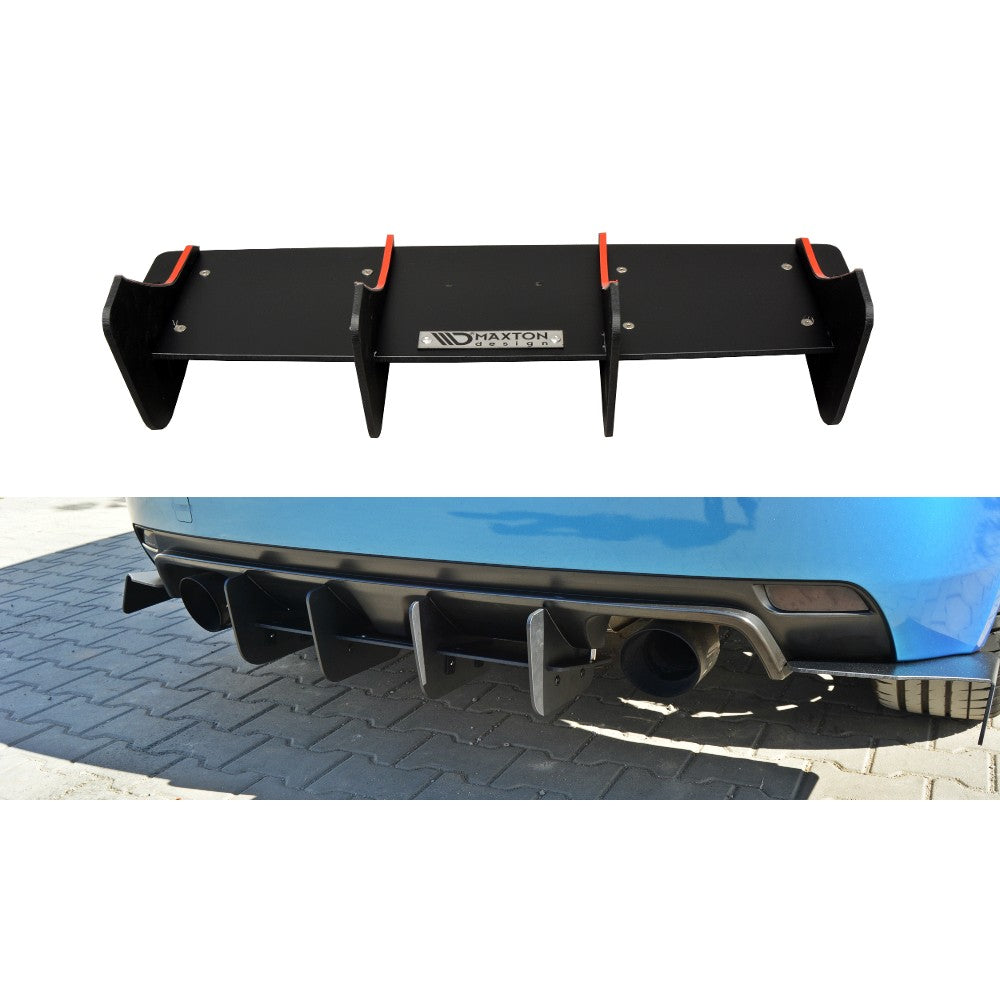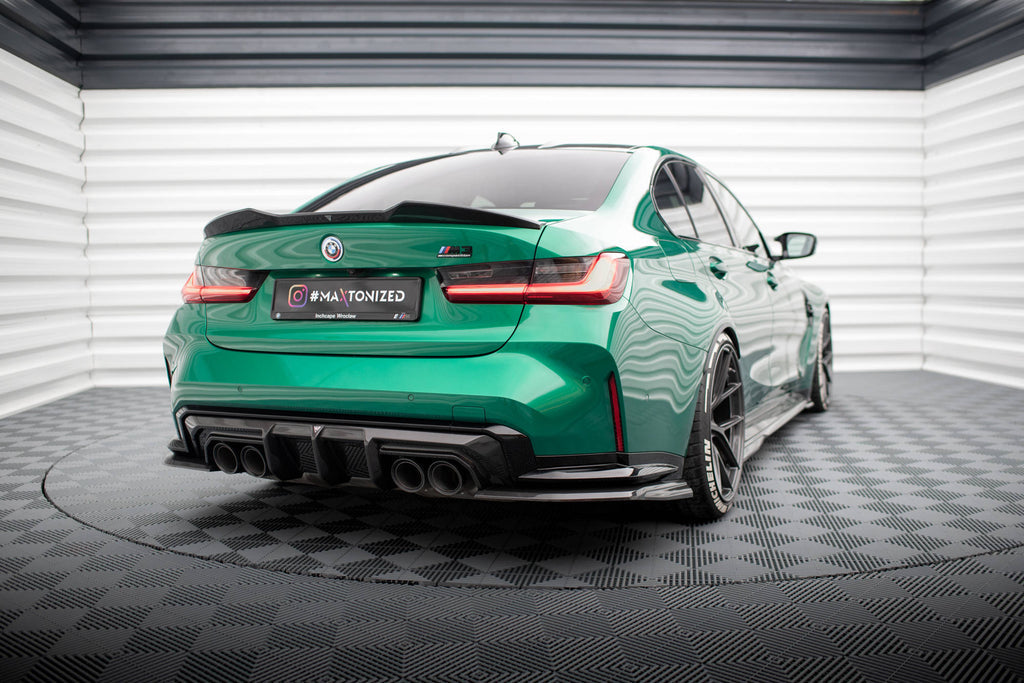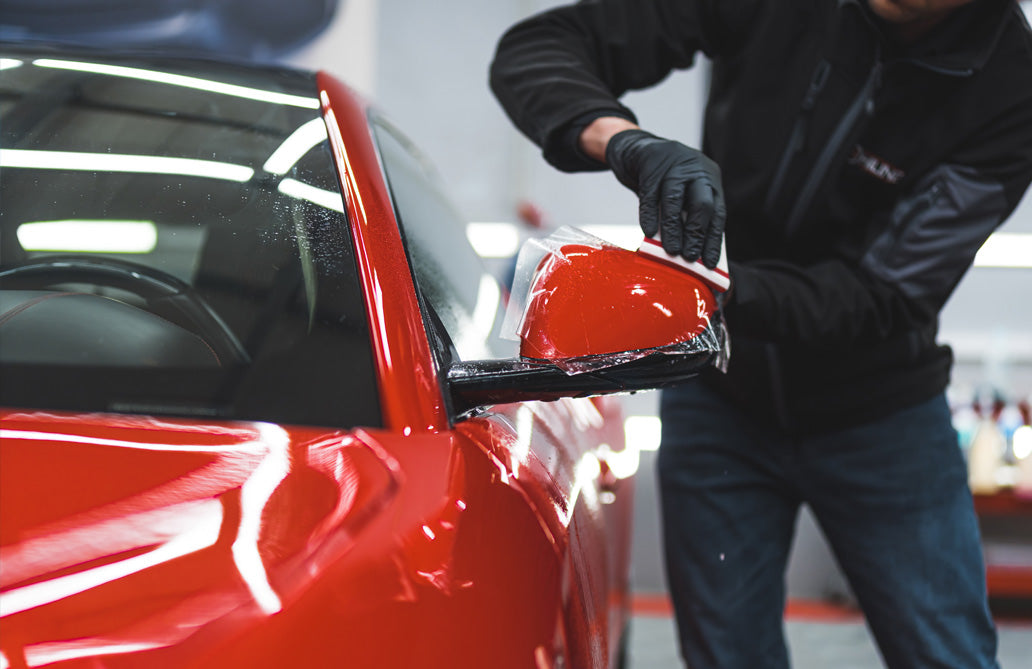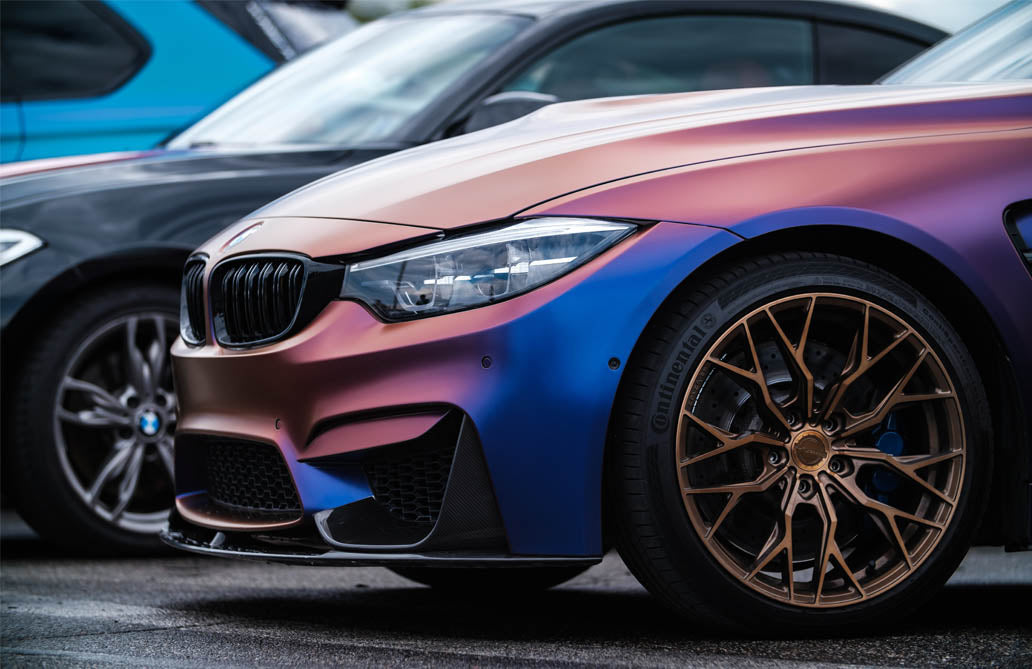Few things can transform the look of a car like a body kit. Even an old beater can be changed into a head-turning stunner with the right body kit. A body kit can include a front chin splitter/lip spoiler, side skirt enhancements, a rear spoiler, a rear diffuser, front or rear bumper replacements, and even fender enhancements (for wide-body kits) - so there is no telling what a car could look like after all these components are installed.
However, improved aesthetics are not the only reason why you should get a body kit for your car. We owe the development of the present-day car body-kit culture to the growth of the motorsport industry, because the designs of most body kits are inspired by the different types of body enhancements featured on modern race cars.
Since the original purpose of body kits was performance, this should be one of the things that inspire how you select the right body kit for your car.
Choosing Aesthetics
If you aren’t keen to improve your car’s driving dynamics, and if the prospect of pushing your car to its limits on abandoned back roads is a bit of a stretch for you, then you might as well buy a body kit that just makes your car look good. Here are two main benefits of choosing to focus on aesthetics:
1. More Choice
Many currently available aftermarket body kits aren’t designed to enhance performance. This is partly because the daring body kit designs liked by many car enthusiasts are generally not aerodynamic, so they don’t provide any gains in performance. Also, aftermarket body kits that are not performance-focused are less costly to produce, so manufacturers prefer to build them.
2. More Affordable
As noted above, you are sure to spend less on a body kit that is not performance focused.
Choosing Performance
There are certainly benefits to choosing a performance-focused body kit. A well-designed body kit can completely change the driving character of your car, so it may give you the pleasure of getting to learn your car all over again.
However, performance-focused body kits are notably costlier. Because they are designed with a focus on aerodynamics, they require wind-tunnel-testing and other tests to determine their performance potential. Such testing cranks up the cost of producing these types of kits. It is also important to note that you may not notice performance gains from your body kit at legal speeds. To fully experience those gains, you may have to go to a track or a back road where you can drive at higher speeds.
Aerodynamics
Performance-focused body kits are designed to channel the air around the car in a way that will enhance its performance. In most cases, these kits are designed to reach down low, with air dams and front chin spoilers/splitters that nearly touch the road.
When a well-designed air dam is combined with a front splitter, it restricts air from flowing under the car, and also creates considerable downforce. Optimally designed and positioned side skirts also help to prevent air from rushing under a car when it is cruising at high speeds. A rear diffuser also further improves a car’s aerodynamics by increasing the pressure to the air that flows under the car. It creates a vacuum that sucks air from under the car, resulting in high downforce at the rear of the car. A rear spoiler also helps to create downforce at the rear, and improve stability when cornering.
When a car is set up with a performance-focused body kit that has all these components, you will see a significant difference in the way it behaves at speed. When driven at high speeds, the front end is sure to remain planted on the road because of the downforce, and a suction effect is created under the car as it accelerates. Because of these changes, the car is likely to demonstrate above-average acceleration, and greater stability and control when cornering.
Consider the Right Body Kit Material
Make sure you pick out the right type of material for your body kit. The attributes of body kit materials vary greatly in rigidity, flexibility, cost, and weight. You can determine which body kit material will serve you best by considering your intended purpose for the car. Performance-focused body kits should be lightweight yet strong. Here are the 5 main types of body kit materials:
1. Fiberglass
Fiberglass is the most affordable material option, so it is worth considering if you are on a tight budget. Fiberglass is also quite light, so it is often used on performance-focused cars. However, it is also the most brittle body kit material available. If you are going to be driving your car in areas with a lot of rough or uneven roads with bumps and potholes, fiberglass would be a poor choice because of its propensity to crack.
2. ABS Plastic
Most of us are familiar with ABS Plastic, because most OEM body parts are made with it. It can handle high temperatures, and does not dent easily. However, painting it can be frustrating, and it does not offer much flexibility. It can make a great performance-focused body kit. One fine example of an ABS Plastic body kit is the Maxton Design kit for the BMW 1M.
3. Polyurethane
Polyurethane is by far the most flexible body kit material available. It can take a heavy hit and still look as good as new. Most polyurethane parts fit almost perfectly as delivered. However, polyurethane is notably heavy, so it is not ideal for racing cars. Polyurethane is also costlier than fiberglass and ABS Plastic.
4. Carbon Fiber
Carbon fiber is, and has always been, the gold standard for performance-focused body kits. It is the strongest of all body kit materials, and it is also quite lightweight. It’s no surprise that it is priciest body kit material option.
5. Composites
Composite body kits have combinations of two or more of the above body kit materials, such as fiberglass and carbon fiber. The attributes of composites primarily depend on the materials used to make them, and the concentrations of those specific materials in the composite. One fine example of a composite body kit is this Maxton Design Fiberglass+Carbon Fiber body kit for the Nissan Skyline GTR.
Ask the Professionals
Whether choosing for aesthetics or performance, you can find the perfect kit for your car. Be sure to consider how your vehicle will be used when selecting a kit. If you are still not sure which type of body kit you ought to get for your car, get in touch with us at Ausbody Works. We have been selling top-rated body kits for years, so we know a thing or two about choosing the right one for you and your car. At Ausbody Works, we always have different types of high-quality body kits on offer. Be sure to check them out.

